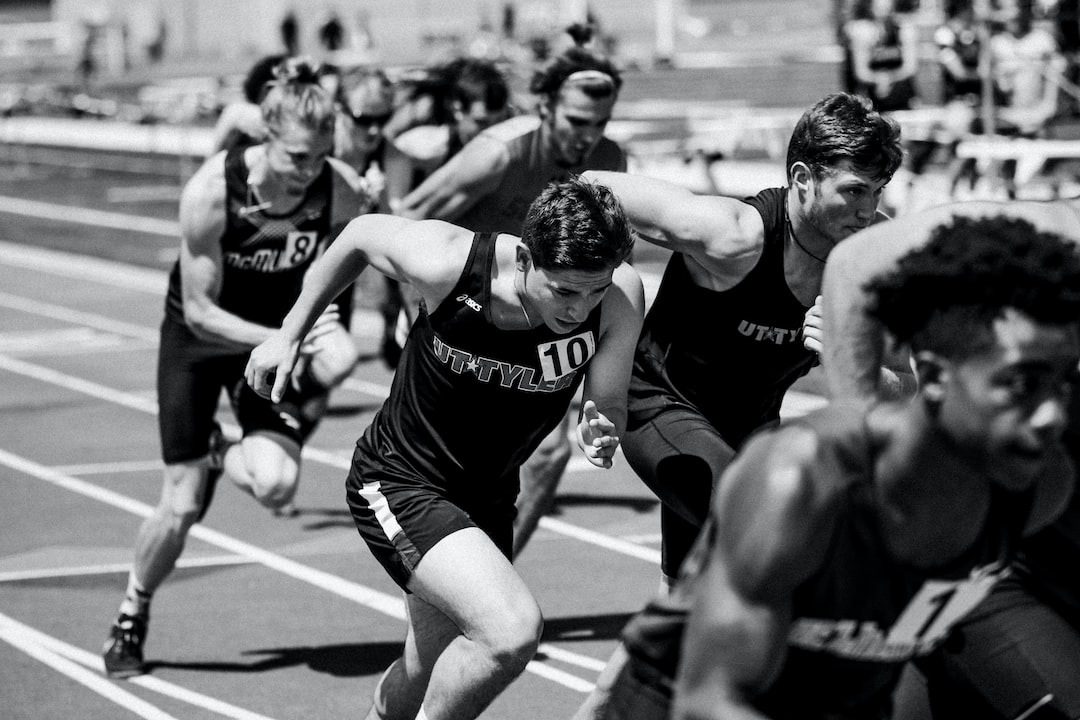The Impact of Technology on Athletics: From Wearable Devices to Virtual Training
Technology has infiltrated every aspect of our lives, and sports are no exception. From wearable devices that track our every move to virtual training platforms that simulate real-life scenarios, technology has revolutionized the way athletes train, compete, and perform. In this blog post, we will explore the profound impact technology has had on athletics and how it continues to shape the future of sports.
One of the most significant advancements in sports technology is the development of wearable devices. These devices, often worn as wristbands or on clothing, collect data on an athlete’s performance, providing invaluable insights that were once unimaginable. From heart rate monitors that help regulate training intensity to GPS trackers that monitor distance covered and speed achieved, wearable devices have become an essential tool for athletes and coaches alike.
With the help of wearable technology, athletes can now track their workouts more accurately and measure their progress over time. This data-driven approach allows them to identify areas for improvement and make informed decisions about their training routines. Coaches can analyze this data to tailor individual training plans and spot potential injury risks before they become a real problem. The ability to access and interpret this information ultimately leads to better performance on the field, track, or court.
Another groundbreaking development is the rise of virtual training platforms. These platforms, often utilizing augmented reality or virtual reality technology, immerse athletes in simulated training environments. For example, a football player can practice their passing accuracy against virtual defenders, while a swimmer can replicate their stroke technique while receiving real-time feedback.
Virtual training allows athletes to push their boundaries and refine their skills in a safe and controlled environment. It also provides opportunities for athletes to train together remotely, despite being physically separated. This not only fosters a sense of camaraderie but also enables athletes to engage in competition regardless of geographical limitations. Virtual training platforms have become particularly relevant during the COVID-19 pandemic, where traditional training sessions have been disrupted indefinitely.
Technology has also revolutionized the spectator experience. Gone are the days of blurry television screens and limited camera angles. High-definition cameras, drone footage, and replay technologies now allow fans to watch their favorite athletes from every angle, capturing every moment of a game or event. Slow-motion replays, in particular, enable viewers to dissect and analyze crucial moments in intricate detail, enhancing their understanding and appreciation of the sport.
Furthermore, technology has enabled fans to engage and interact with professional athletes like never before. Social media platforms provide a direct line of communication between fans and athletes, allowing for real-time updates, behind-the-scenes footage, and even Q&A sessions. This direct interaction has created a stronger connection between athletes and their fan base, cultivating a sense of loyalty and support.
While the impact of technology on athletics has been undeniably positive, there are also potential downsides that need to be considered. One such concern is the over-reliance on technology, with athletes becoming dependent on wearable devices and virtual training platforms to guide their every move. This can detract from the natural instincts and intuition that are vital to athletic performance, potentially degrading the overall quality and authenticity of the sport.
Additionally, the cost of acquiring and maintaining cutting-edge technology can limit access to disadvantaged athletes or underfunded sports programs. If technology becomes a determining factor in an athlete’s success, it could create a divide between who can afford the latest equipment and those who cannot. Balancing the advantages of technology with maintaining equal opportunities for all athletes will be crucial moving forward.
In conclusion, technology has had a profound impact on athletics, transforming the way athletes train, compete, and engage with their fans. Wearable devices have revolutionized data collection, providing athletes and coaches with valuable insights and allowing for personalized training plans. Virtual training platforms have created new opportunities for athletes to push their boundaries and engage in competition remotely. While technology has undoubtedly enhanced the spectator experience, there is a need to strike a balance between relying on technology and preserving the essence of sport. As technology continues to evolve, it will be fascinating to witness its continued impact on the world of athletics.

